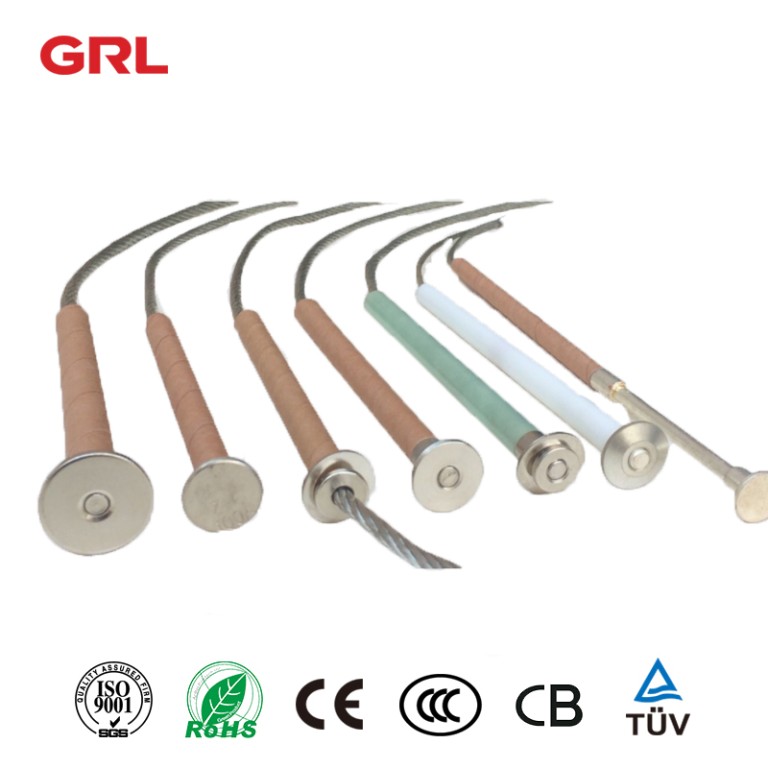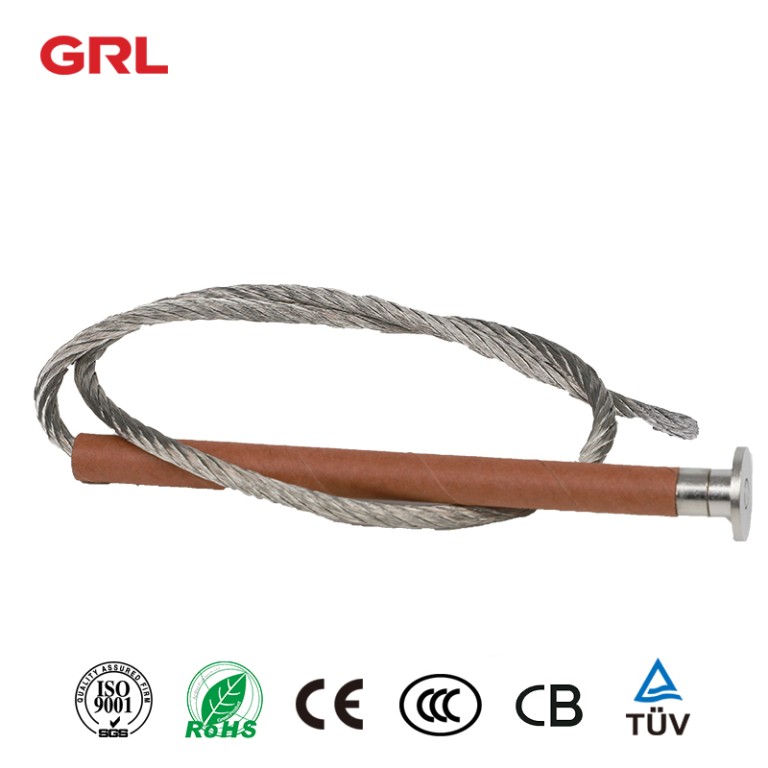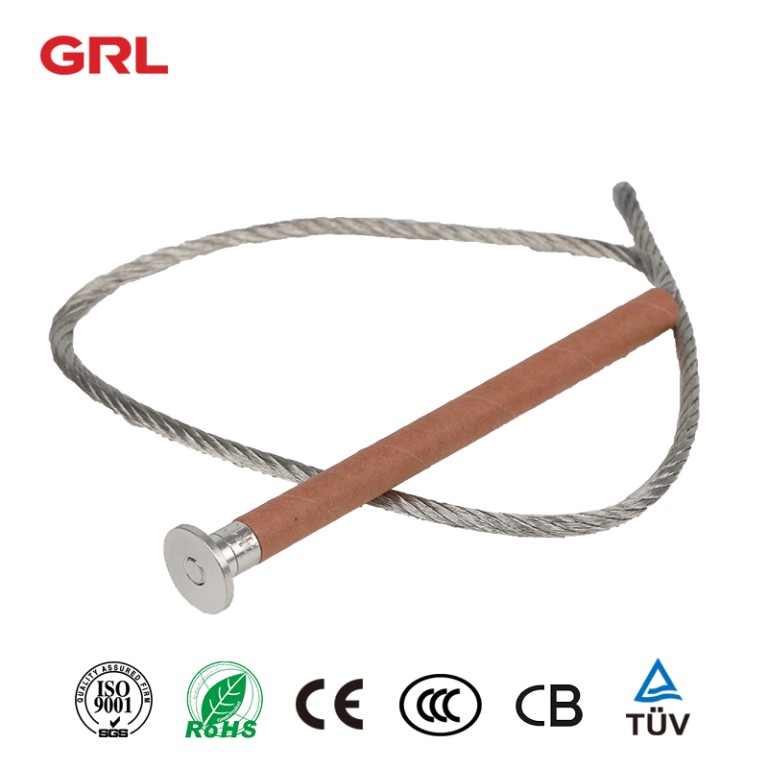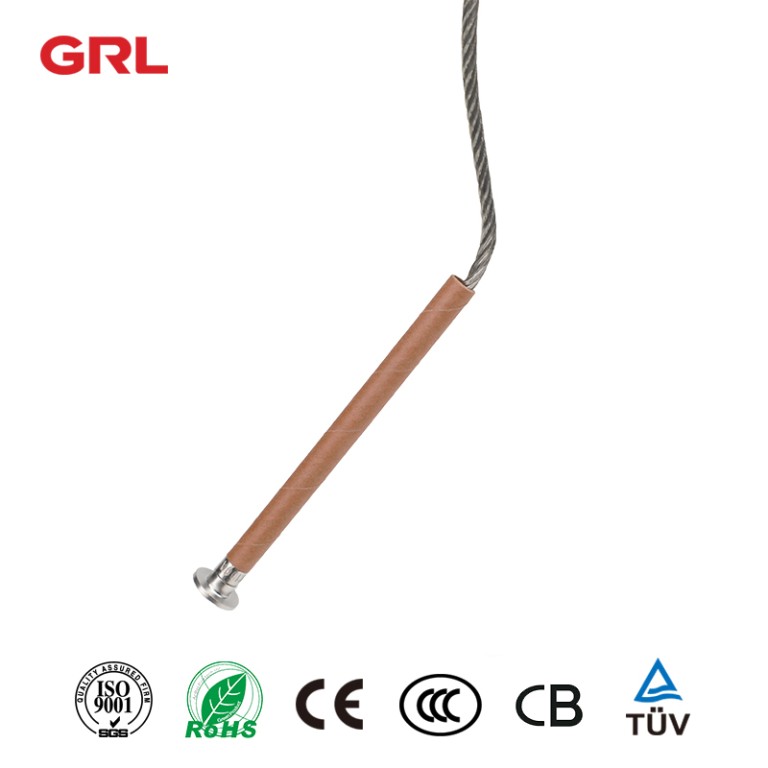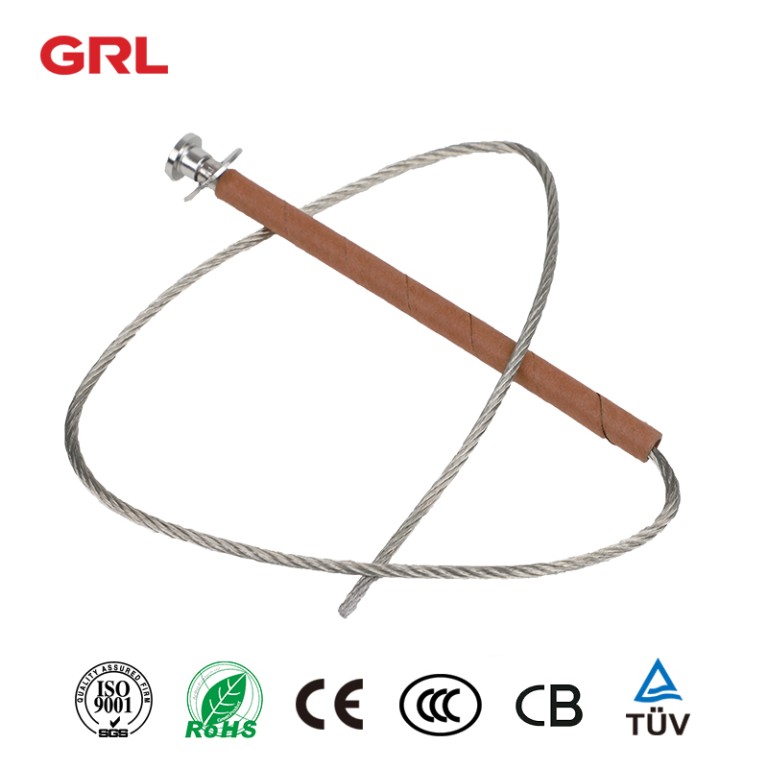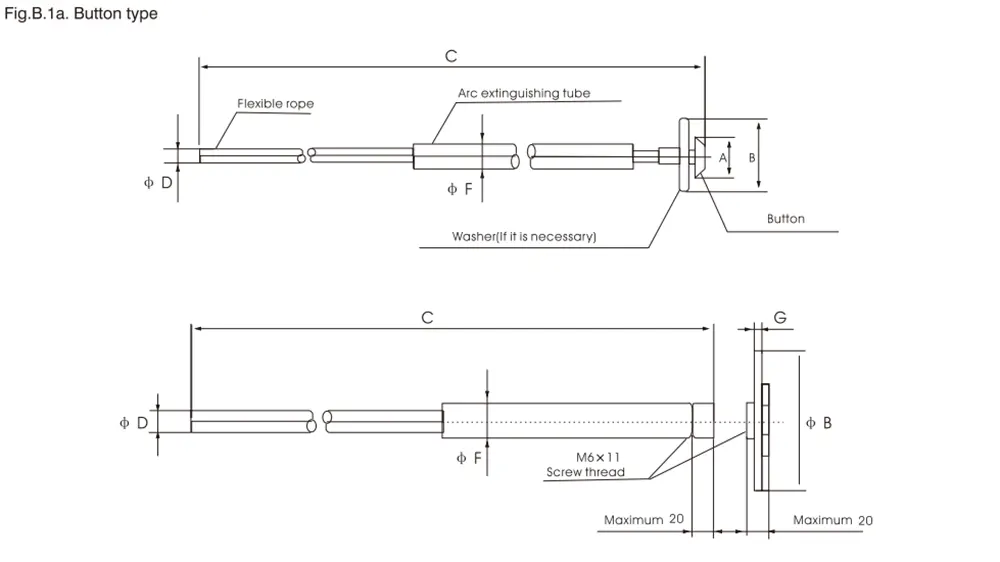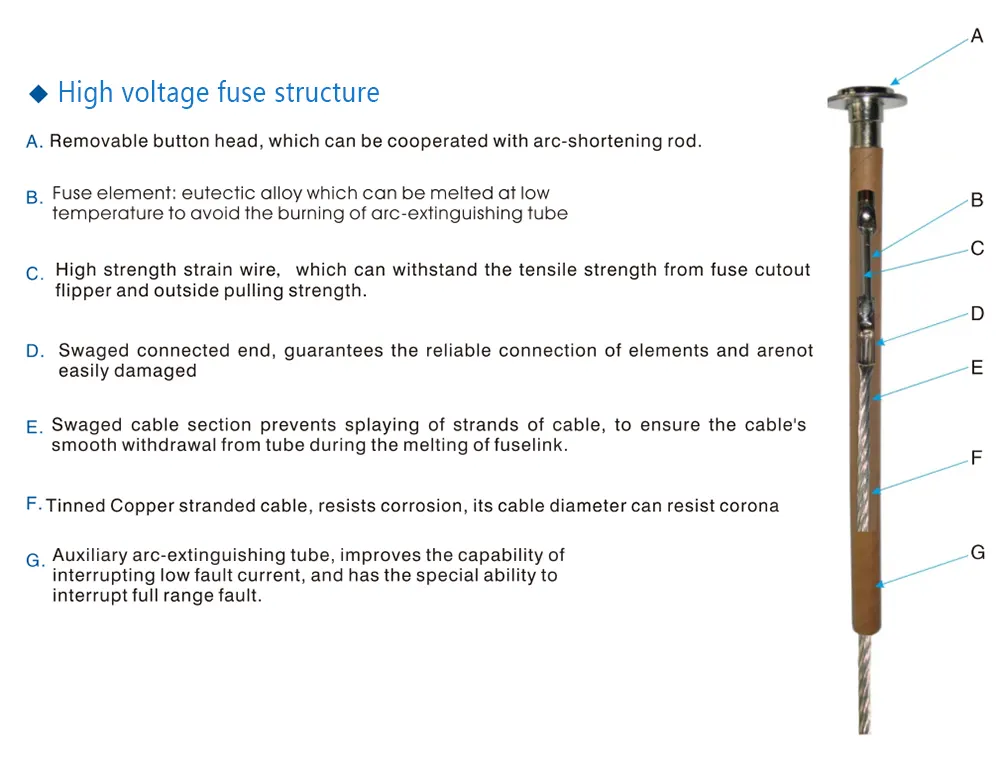What is high-voltage fuse wire?
A high-voltage fuse wire is an essential component used in electrical systems that operate at high voltages. It’s designed to protect electrical circuits and equipment by safely interrupting the flow of excessive current. Here are its key characteristics:
Material Composition: High-voltage fuse wires are typically made of materials like silver, copper, or alloys that have a low melting point. This ensures that they melt quickly under excessive current, breaking the circuit.
Current Interruption Capacity: These wires are designed to handle and interrupt high current flows that can occur in high-voltage applications. They need to quickly respond to overcurrents to prevent damage to the system.
Voltage Rating: As the name suggests, high-voltage fuse wires are rated for high voltage applications, often in the range of thousands of volts. This rating is crucial since it must match or exceed the system’s operating voltage for safe operation.
Calibration: The wire is calibrated such that it melts at a specific current level, which is determined based on the requirements of the electrical system it is protecting.
Application Areas: High-voltage fuse wires are used in various applications such as power distribution systems, industrial electrical equipment, and in some cases, in high-power electrical appliances.
Safety Compliance: These wires must comply with safety standards and regulations specific to electrical components to ensure they operate reliably and safely under high-voltage conditions.
The design and selection of a high-voltage fuse wire are critical for the safety and efficiency of the electrical systems in which they are used. They are a key part of the protective measures against electrical faults and overloads in high-voltage environments.
- Design Principles and Material Considerations
Optimal Material Properties: High-voltage fuse wires are specifically designed using materials with properties like high conductivity, low melting point, and rapid thermal response. This ensures prompt reaction to overcurrent situations.
Dimensional Characteristics: The thickness and length of the wire are precisely calculated to ensure that it will melt at the correct current level. This is crucial for maintaining the safety and integrity of the electrical system.
Types of High-Voltage Fuses
Expulsion Fuses: These are commonly used in outdoor transformers and distribution lines. They have a special design that extinguishes the arc when the fuse blows, preventing damage.
Current-Limiting Fuses: These fuses are designed to limit the amount of fault current. They are faster in operation and can reduce the total amount of energy let through to the fault.
- Operating Mechanism
Melting and Arc Quenching: When an overcurrent occurs, the fuse wire heats up and melts. This creates an arc between the melted ends of the wire. High-voltage fuses are designed with materials and mechanisms to quickly quench this arc.
- Application and Implementation
In Power Systems: These fuses are critical in substations, power transformers, and high-voltage switchgears. They protect against overloads and short circuits.
In Industrial Settings: Industries that operate with high-power machinery often use these fuses to safeguard their equipment and workers.
- Safety Standards and Regulations
Compliance with International Standards: High-voltage fuses must comply with international standards like IEC (International Electrotechnical Commission) or ANSI (American National Standards Institute) standards.
Testing and Certification: Regular testing and certification are essential to ensure that these fuses perform reliably under high-voltage conditions.
- Technological Advancements
Smart Fuses: With the advent of smart grid technology, there is a growing trend towards the integration of smart features in fuses, allowing for remote monitoring and control.
Material Science Innovations: Research in materials science may lead to the development of fuse wires with better performance characteristics, like higher melting temperatures and greater durability.
- Challenges and Considerations
Environmental Factors: High-voltage fuses must be designed to withstand environmental factors like temperature extremes, humidity, and pollution.
Maintenance and Inspection: Regular inspection and maintenance are crucial to ensure the longevity and proper functioning of these fuses.
- Future Prospects
Renewable Energy Systems: With the rise of renewable energy, high-voltage fuses are increasingly important in protecting equipment like wind turbines and solar panels.
Miniaturization and Efficiency: There is ongoing research to make these fuses more efficient and compact, suitable for modern, space-constrained electrical systems.
In conclusion, high-voltage fuse wires play a vital role in the safety and efficiency of electrical systems operating at high voltages. Their design, material composition, and application are critical for the protection of complex and high-power electrical networks. As technology advances, these components are likely to see innovations that will enhance their performance and functionality.
